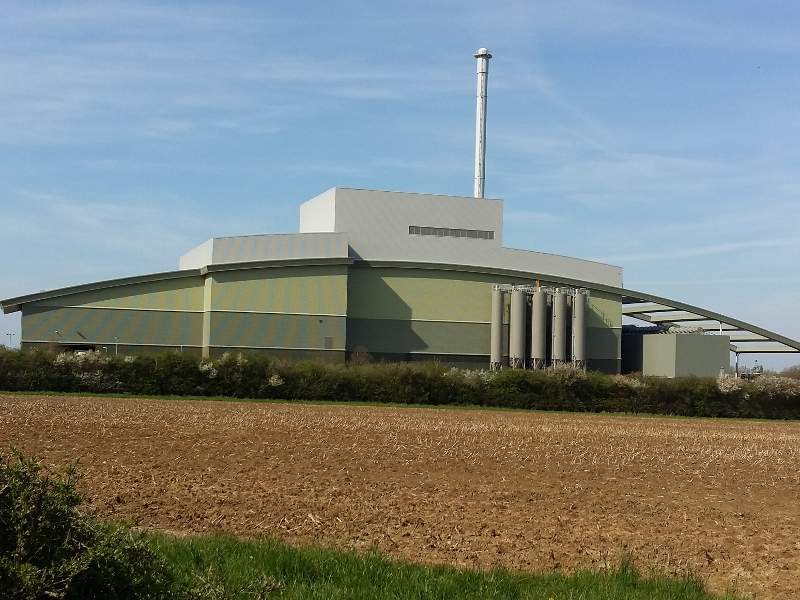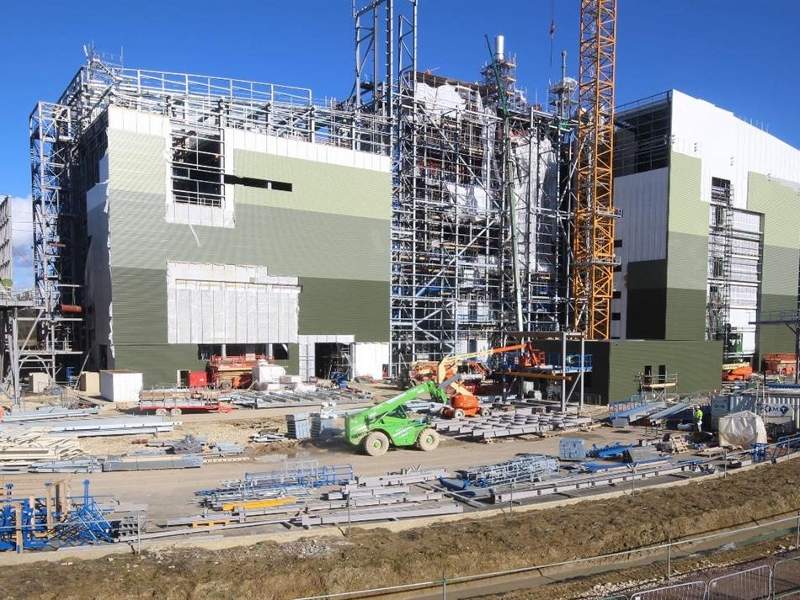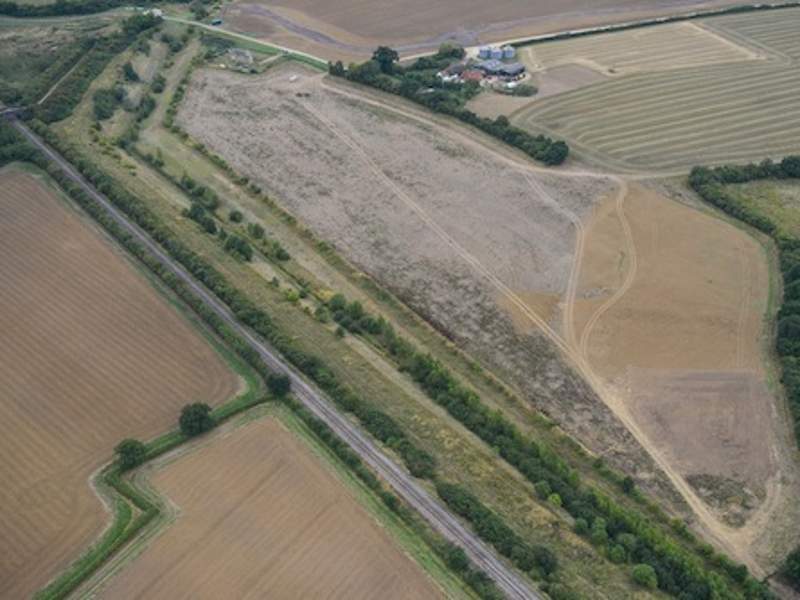The Greatmoor energy-from-waste (EfW) facility is located in Greatmoor, near Calvert, UK, approximately 2km east of the village of Edgcott and 11km south of Buckinghamshire.
The EfW plant is owned by Buckinghamshire County Council and was developed by FCC Environment. The engineering, procurement and construction (EPC) contractor for the project was Hitachi Zosen Inova (HZI), who has been retained to operate and provide maintenance services for the plant for a term of 30 years.
The construction of the facility started in September 2013, commissioning started in November 2015, the 30-day reliability test was completed in May 2016 and the facility started operations in July 2016.
The overall investment in the EfW project was estimated at Sfr210m ($213.5m), which was met through borrowings.
Greatmoor EfW capacity and benefits
The Greatmoor EfW facility has an annual waste handling capacity of 300,000t, maximum thermal capacity of 102MW and power generation capacity of 22MW. It is capable of serving 36,000 households.
The power plant is also designed to generate 6.6MW of thermal energy, capable of meeting the heating requirements for roughly 660 households. It generated 300 jobs during the construction phase and 46 permanent jobs for overseeing the plant’s operations.
The plant is expected to generate approximately £2.3m a year for the local economy and £150m over its 30-year design life.
Buckinghamshire’s EfW plant make-up and construction details
Greatmoor EfW plant is primarily equipped with a HZI grate measuring 10m long and 12m wide, a five-pass boiler with a steam pressure of 52bar and temperature of 402°C, a condensation turbine, a transformer and grid connection facilities.
Other associated facilities include a feed hopper, a ram feeder, primary and secondary air fans, and flue gas recirculation facilities.
The plant’s waste delivery and storage facilities include a tipping hall, a waste bunker and a waste crane. The EfW facility is also equipped with auxiliary conveyors and tanks for residue handling.
The entire building, excluding the exhaust stack, measures 53m high, whereas the exhaust stack is approximately 95m high.
The construction of the EfW facility necessitated the use of approximately 3,326t of steel. The project also involved the construction of a 4.5km access road, which connects the site with the A42 trunk road. The access road was completed in July 2014.
Sustainability features
The EfW facility incorporates a selective non-catalytic reduction (SNCR) DeNOx system for controlling nitrogen oxide emissions, a HZI SemiDry system integrating lime juice and carbon injection to treat acid gases and a baghouse filter to filter the final exhaust gases.
Waste supply details
The municipal and commercial waste from the neighbouring communities is conveyed to two dedicated waste transfer stations (WTS) and further transported to the project site by trucks.
The High Heavens WTS is located in Booker, High Wycombe, whereas the second WTS is located in London Road (Amersham). Both were constructed as part of the project.
Contractors involved
The main construction works were subcontracted to Sir Robert McAlpine by the EPC contractor, whereas the architect for the project was RPS Group and the structural engineer was URS Group.
Automation solutions for the project were supplied by Metso and Changlei Corporation. The former supplied its proprietary DNA automation system, a DNA information management system and a safety system for the power plant.
Heat Mat was contracted to supply and install a ramp for the entrance to the waste reception hall. The ramp incorporates the company’s slab heating system to facilitate transportation in any weather conditions.
Caunton supplied and installed approximately 2,000t of structural steelwork for the project. The environmental studies for the project were conducted by SLR Global Environmental Solutions.
The construction contract for the access road was awarded to Jones Bros.






